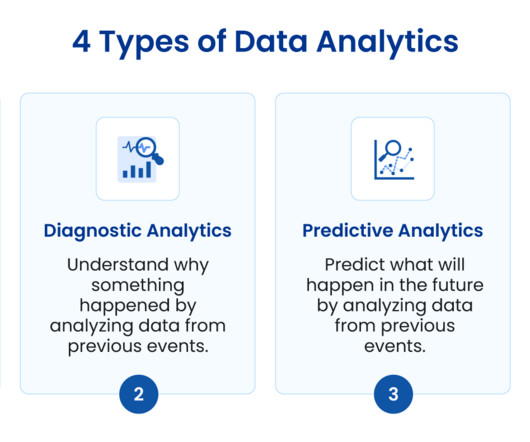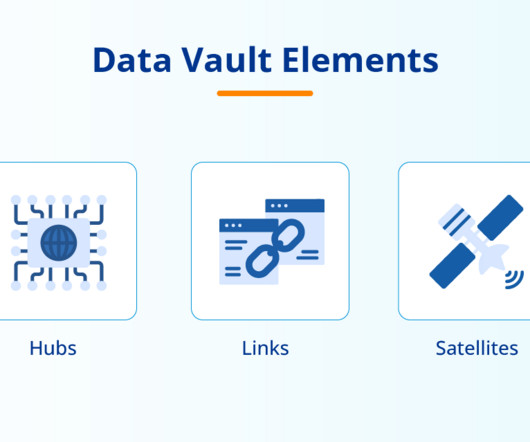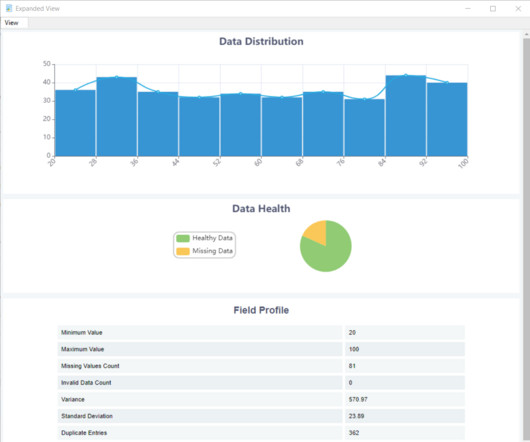Data Science vs Data Analytics: Key Differences
Astera
MAY 31, 2024
Here are the critical components of data science: Data Collection : Accumulating data from diverse sources like databases, APIs , and web scraping. Data Cleaning and Preprocessing : Ensuring data quality by managing missing values, eliminating duplicates, normalizing data, and preparing it for analysis.












Let's personalize your content